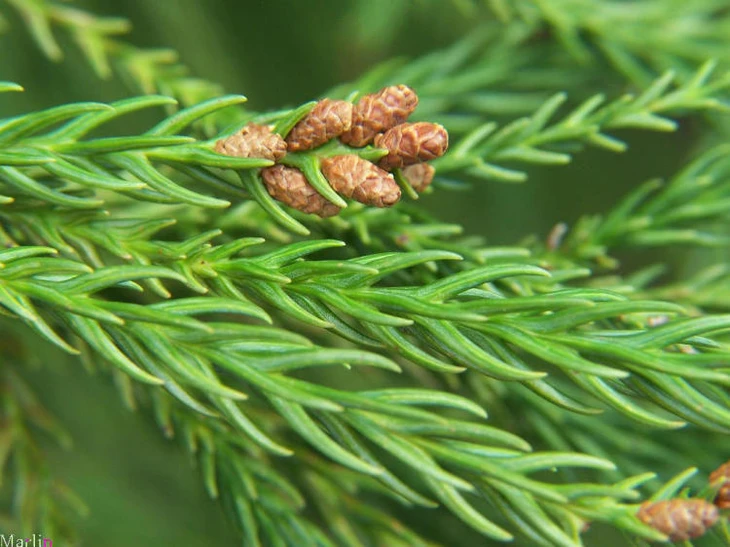
Cedar trees in Japan - Photo: Cirrusimage
Millions of people struggle with itchy eyes, runny noses, and constant sneezing due to pollen allergies .
While rain across much of Japan over the weekend may temporarily reduce pollen counts, the relief is not expected to last. Cedar pollen is expected to peak in mid-March in cities such as Takamatsu, Osaka, Nagoya and Kanazawa, followed by cypress pollen.
"Pollen levels are expected to increase over the next few days, reaching peak levels in Tokyo, Fukuoka and Hiroshima. Masks, glasses and other protective measures will be necessary for allergy sufferers," said Yoshie Nakamura of private weather company Weathernews.
Pollen allergies, especially to cedar pollen, are very common in Japan. A 2019 survey found that 42.5% of the Japanese population had pollen allergies and 38.8% were sensitive to cedar pollen – an increase of more than 10% since 2008. Compared to the 10-30% of the world's population that suffers from pollen allergies, this figure in Japan is considered quite high.
Japan's pollen crisis stems from post-war reforestation efforts, when vast cedar and cypress forests were planted to supplement the country's timber supply. Nearly 40% of Japan's forests are "man-made" forests. Of those, about 40% are cedar forests.
When these two varieties mature at the same time, they begin releasing huge amounts of pollen every spring, affecting the entire country.
Urbanization is amplifying pollen-related allergies as grasslands and soft soil give way to concrete and asphalt. Pollen that settles on hard surfaces is easily picked up by the wind, recirculating into the air and exacerbating allergy symptoms.
Professor Seiyo O, a pollen allergy expert at Saitama University, warned that pollutants, especially from car exhaust, could intensify allergic reactions. He also said that rising pollution levels and climate change would exacerbate the problem.
Recognizing the burden on public health, the Japanese government has launched a comprehensive strategy by 2023 to cut pollen emissions by 20% over the next decade and by 50% over the next 30 years.
The government has also pledged to boost the production of drugs to treat pollen allergies. Pharmaceutical companies are racing to develop innovative treatments such as sublingual immunotherapy that desensitizes patients to allergens such as cedar pollen.
Despite promising improvements, it will take decades to significantly reduce pollen counts. For now, most Japanese are monitoring forecasts and taking familiar precautions, such as wearing masks, glasses and changing clothes when they return home.
Source: https://tuoitre.vn/dinh-diem-mua-di-ung-phan-hoa-o-nhat-ban-hang-trieu-nguoi-chat-vat-20250316213739432.htm








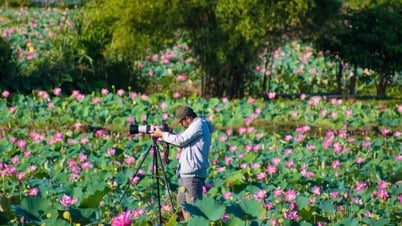



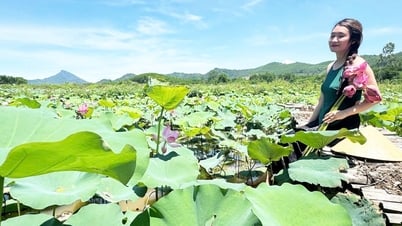
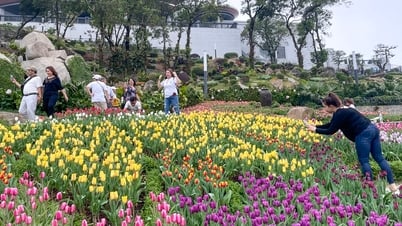
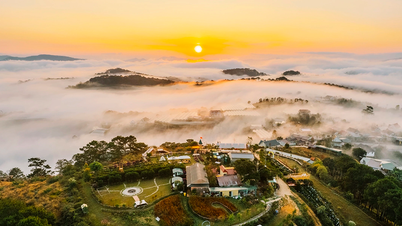

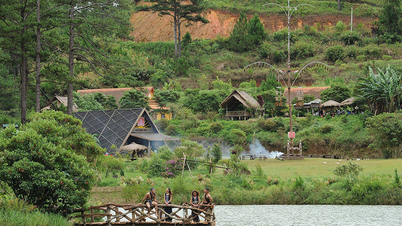





































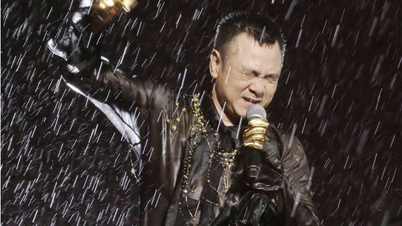











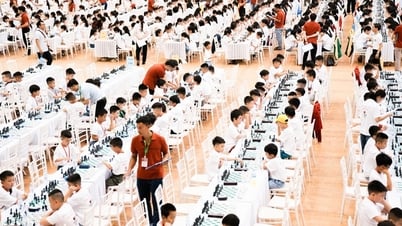


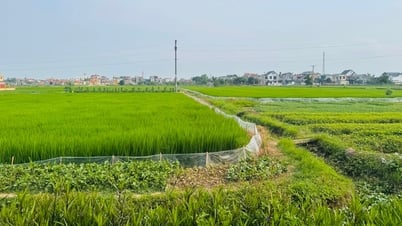

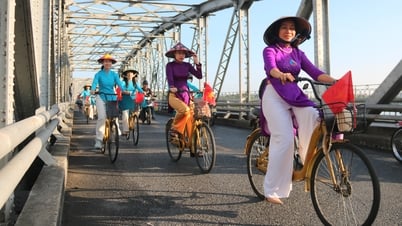







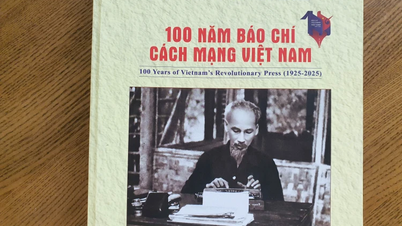

















Comment (0)